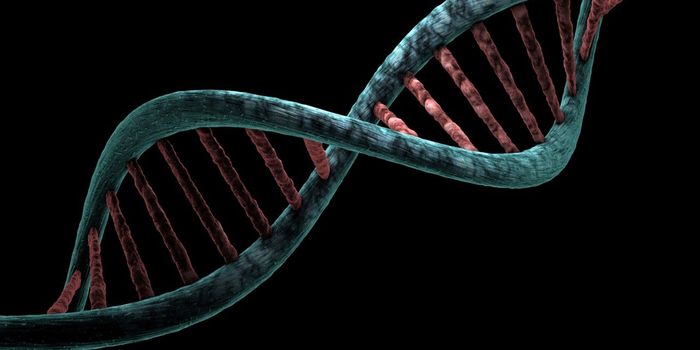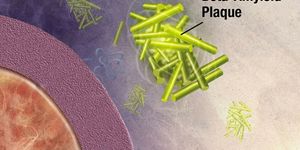The new generation of wearable sensors is here and they are more than the one-trick pony like their predecessors. Earlier in the year, scientists at the University of California Berkeley made a wearable sensor that can analyze several different metabolite levels from just beads of sweat. Now, engineers at the University of California San Diego have developed a
one-of-a-kind sensor that can measure heartbeat rhythms and lactate levels simultaneously. Devices such as these have the potential to transform the understanding of our bodies in real time.
"One of the overarching goals of our research is to build a wearable tricorder-like device that can measure simultaneously a whole suite of chemical, physical and electrophysiological signals continuously throughout the day," said co-project leader Patrick Mercier, at the Jacobs School of Engineering at the University of California San Diego, and senior study author.
Indeed the team has gotten very close to their goal. Known as the “Chem-Phys patch,” the small sticky device attaches to a person’s sternum and records both electrical and biochemical signals from the body. It works by having two electrocardiogram (EKG) electrodes that measures the heart’s electrical signals. In addition, there’s another electrode specific to sensing lactate, which is a metabolite released into the bloodstream during periods of physical exertion.
By its design, the EKG electrodes are spaced out from each other enough so as to avoid interference from the individual electrodes. And to keep the electrical signal separate from the chemical one, the team made sure to protect the EKG electrodes with water-repellent silicone rubber.
In a small trial with three participants, the Chem-Phys patch performed with high accuracy as compared to a standard heart rate monitor on the wrist. It also detected accurate measures of lactate levels as the patients engaged in 15 to 30 minutes of intense cycling.
With this preliminary data, the team hopes to target their wearable device for athletes, as well as people at risk for cardiac diseases. "There would certainly be interest in the sports medicine community about how this type of sensing could help optimize training regimens for elite athletes,” said Kevin Patrick, professor of Family and Preventive Medicine at the University of California, San Diego, and Editor-in-Chief of the
American Journal of Preventive Medicine. “The ability to concurrently assess EKG and lactate could also open up some interesting possibilities in preventing and/or managing individuals with cardiovascular disease."
Additional source:
MNT








